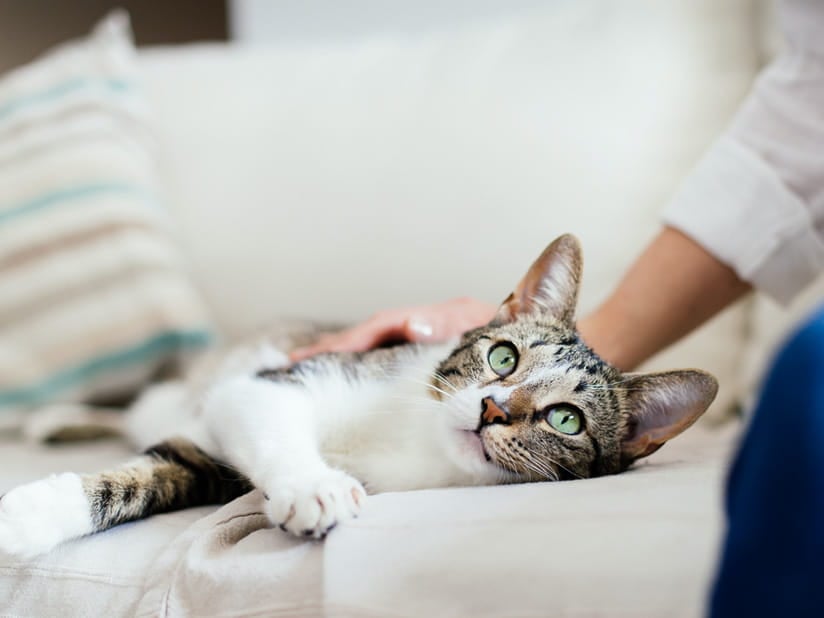
When things don’t work out
Even with the best of preparations, life can sometimes throw unexpected events at us, which can turn pet ownership into more of a challenge than it might have been.
Read more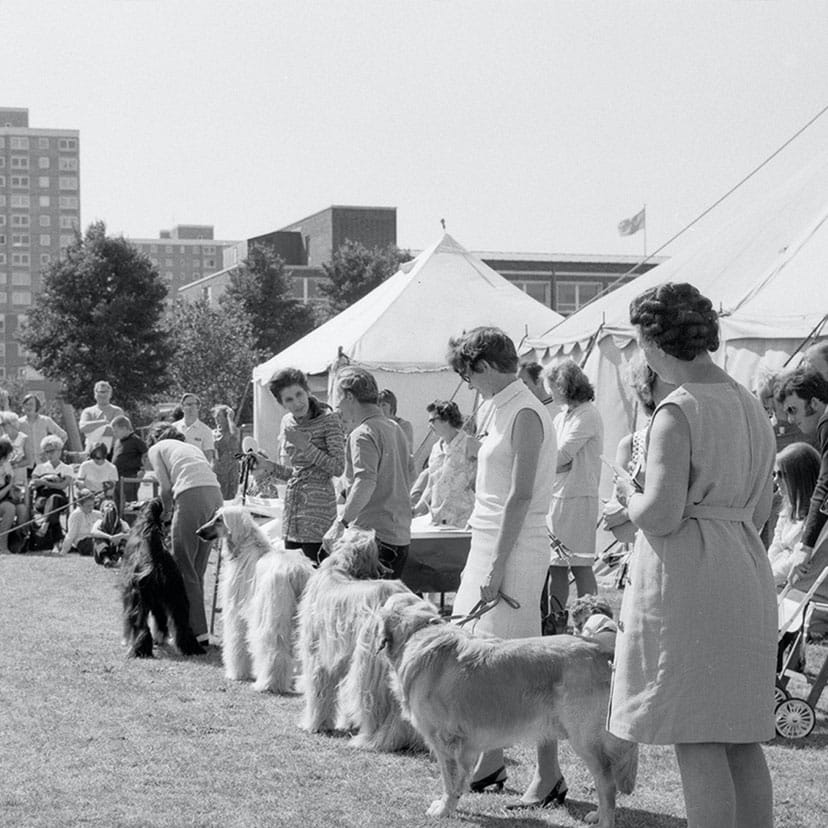
We have teamed up with Professors of Modern British History, Jane Hamlett and Julie-Marie Strange, to share with you a brief journey into the history of pet ownership. Starting in the early 19th century, all the way up to present day, we explore popular pet types and breeds through the years, the evolution of pets from an extravagance to a prevalent part of the household, and how the media has affected our choice in pets over the years. Happy reading!
During the late 18th and early 19th centuries, pet-keeping starts to become culturally more acceptable and we begin to see the general public keeping domestic pets.
Until now, pets have been seen as an extravagance and the domain of the elite. Small dogs were often portrayed in satirical prints of aristocratic ladies with their ‘lap-dogs’ – a criticism of such indulgence.
An idealistic Victorian illustration of a dog, cat and monkey living in harmony together. A Happy Family' from Caroline Pridham, Domestic Pets: Their Habits and Treatment. 1895 private collection
The British poet Lord Byron writes ‘Epitaph to a dog’, a poem in honour of his beloved Newfoundland, Boatswain, who sadly died, aged just five, of rabies.
Newfoundlands are to become popular over the next few decades, in large homes and as playmates for children, owing to their friendly and loyal nature.
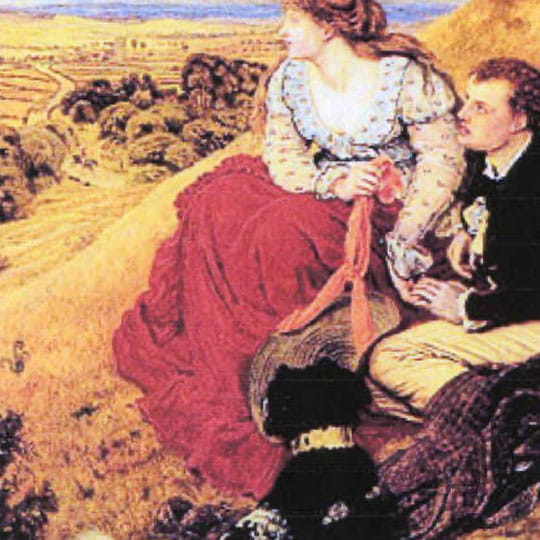
6th June 1824 sees the formation of the first animal welfare charity, the RSPCA, reflecting the changing relationships with animals and the growing concern for their wellbeing.
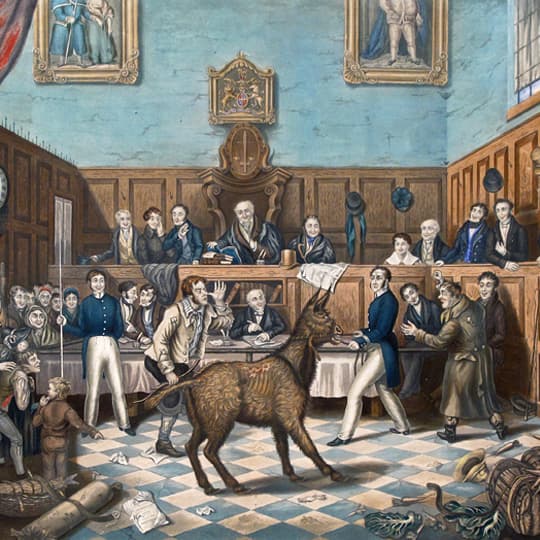
Pets become part of the Victorians’ ideal of home and domestic life. Moving away from the idea that animals should be kept either for food or to do a job, it becomes quite normal to feel an emotional attachment to a pet. For those who can afford them, exotic animals such as monkeys and parrots are imported from colonies. For working-class families, wild-caught birds, such as blackbirds, are caged and fed on scraps. Victorian children are encouraged to keep pets such as rabbits, guinea pigs and birds, as it’s believed that this will help them to develop a strong sense of moral and valuable traits such as kindness and commitment, along with practical skills.
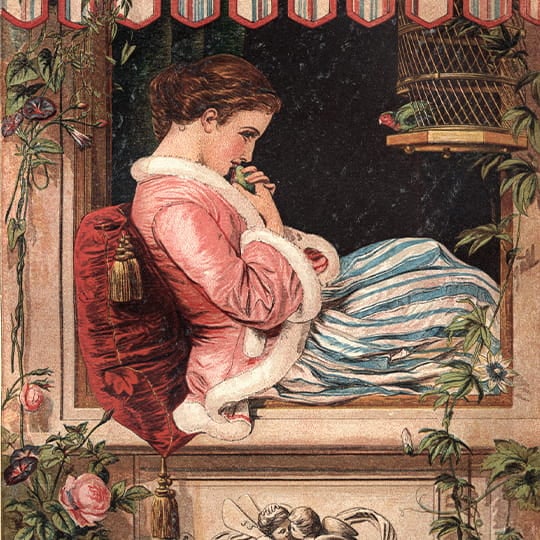
The earliest breed standards are published for some types of dog.
Breeders wish to define the characteristics of their breed. Function is the priority and the dog’s form – shape, size and character – enables them to carry out this function.
Some of the most popular breeds in the early twentieth century. From The Book of the Home, 1905, private collection
The first modern dog show is held on 28–29 June in Newcastle-upon-Tyne. Only sporting breeds are shown, but later this year the first show to include non-sporting breeds also takes place. Dogs are assessed on their look and shape, rather than on their suitability for and performance in the field. This is noticed and throughout the Victorian period, there are complaints that the prioritisation of form over function is responsible for the decline in quality of English sporting dogs.
The Temporary Home for Lost and Starving Dogs – that which we know today as Battersea – is founded. Twenty-three years later, the Home also starts to take in cats.
The shifting fashion in dog breeds is reflected in those dogs being cared for by dog shelters. The first shelters, established at the end of the 19th century, are far more likely to rehome pedigree breeds. These dogs are considered desirable and valuable. In contrast, the ‘mongrel’ dog is widely considered to be ‘worthless’ and for much of the early 20th century, shelters will find them almost impossible to rehome.
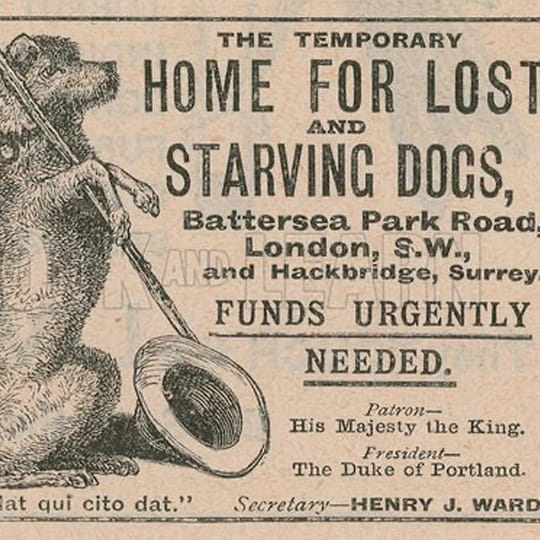
Birds such as blackbirds and finches are popular pets in the Victorian era because they’re cheap or free, accessible and don’t take up a lot of room.
In Everyboy’s Book (1860), a section entitled ‘The Young Naturalist’ gives methods for acquiring skylarks, linnets, goldfinches, bull finches, blackbirds, woodlarks and thrushes.
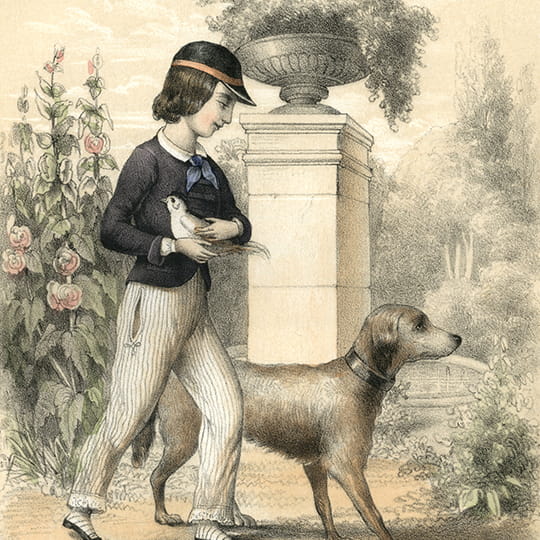
Beeton’s Book of Home Pets, published this year, shows that, from the mid 19th century ‘Pets’ as a category is increasingly present in advice on home management.
More books are published that deal specifically with pet keeping. Hedgehogs are also categorised as home pets by Beeton in this book, on account of their ‘peaceable disposition and easy domestication’.
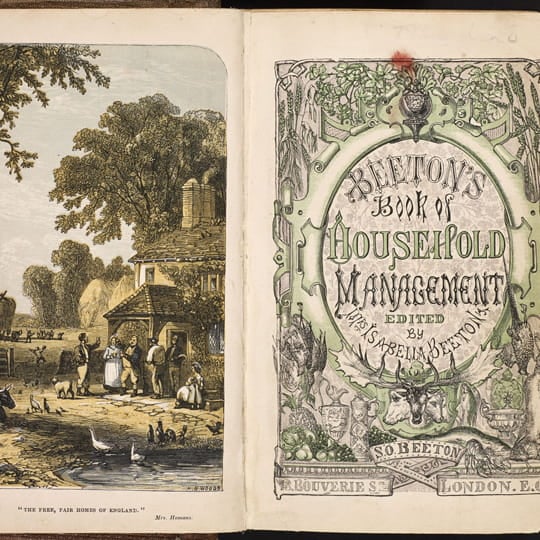
The first cat show is held at the Crystal Palace in London, organised by the naturalist, Mr Fred Wilson. That day just 65 cats were shown, but the popularity of cats soon began to soar. The show had an impact on the perception of cats, who gradually became more welcome in homes. More cat shows were held around the nation, and cat appreciation clubs began to form.
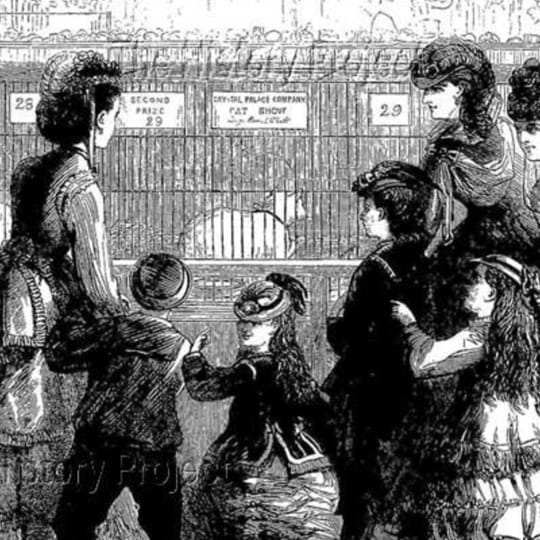
Although during the earlier part of the century, boys are encouraged to ‘trap and nest’ birds, concern for their welfare becomes widespread and legislation is passed to limit their capture to only certain times of year. Markets trading in wild birds will, however, continue to take place into the 20th century.
Pets become a standard addition to asylum wards. Birds provide interest and cheer for the inmates and aviaries and bird cages become the norm on the wards. ‘Ward cats’, whose ‘official’ job it is to keep down the mice, often form strong bonds with patients, helping them to cope with their mental health problems and lack of freedom.
One well-documented case of the bond between patient and cats is that of ‘Miss P’ – a resident of Holloway Sanatorium. While she is described as ‘difficult in personality’ and ‘dismissive of other ladies’, she benefits greatly from looking after the ward cats, saving the best morsels from her own dinner for them and even ordering a dozen oysters for one of the cats, whom she’s convinced isn’t well.
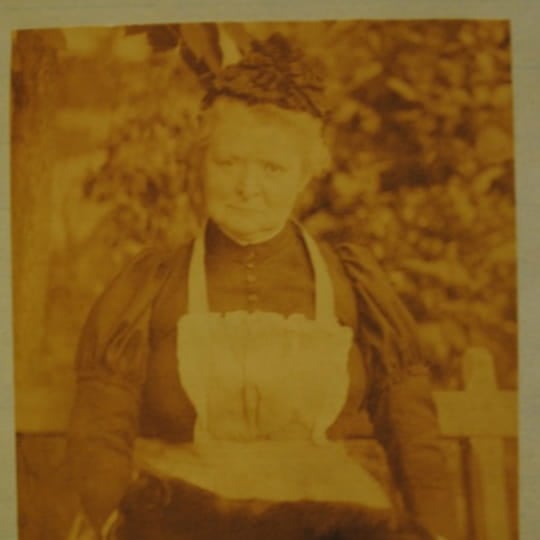
The Kennel Club is founded by S E Shirley and 12 other gentlemen, in order to have a consistent set of rules to govern the popular new activities of dog showing and field trials.
Following its foundation, The Kennel Club takes ownership of the breed standards. Since then, breeds and their standards have evolved, although many still contain reminders of the breed’s original purpose.
The Secret Pet Cemetery of Hyde Park is opened in 1881 when the gatekeeper at Victoria Lodge, a Mr Winbridge, is asked to lay to rest Cherry, a Maltese Terrier, who loved the garden there. The cemetery becomes the place for the pets of wealthy Londoners to be buried and three hundred Victorian pets will eventually be laid to rest here.
Hyde Park Dog’s Cemetery by Leonard Bentley is licensed under CC BY 2.0
The Ladies Kennel Association is founded. The group advocates for the banning of cruel and unnecessary cropping of ears and tail docking. The women’s group forms from a desire to be seen as breeders in their own right.
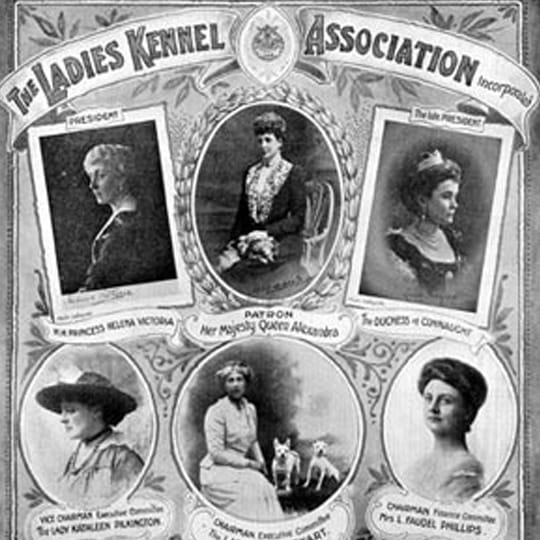
Our Dumb Friends League – later to become the Blue Cross – is founded by a group of animal lovers to care for working horses on the streets of London.
They cared for sick and injured pets during the World Wars, treating over 50,000 injured or sick horses as well as 18,000 dogs during WW1. All of this was funded by donations from the British public. They also supplied 3,500 units of veterinary supplies to treat horses all over the world during this time.
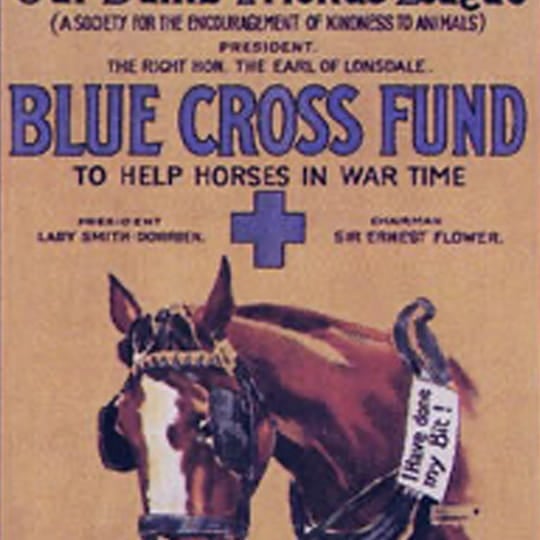
Although petkeeping is now very popular, buying pets can be hazardous. It has until now been possible by visiting an animal market or show, going directly to a breeder, buying through a small ad or visiting an animal dealer. However, markets and animal shops are viewed with suspicion and buying through an advert is considered risky unless the breeder is well known.
Cats begin to become more popular in the 20th century, as people value their independence and authority. City dwellers are encouraged to keep indoor pedigree cats.
The UK is declared free from rabies, although there will be further, limited outbreaks in 1918, when servicemen returning from the First World War smuggle in their infected pet dogs.
The disease was subsequently eradicated in 1922 and Britain was declared rabies-free, this was down to the introduction of compulsory quarantine for dogs.
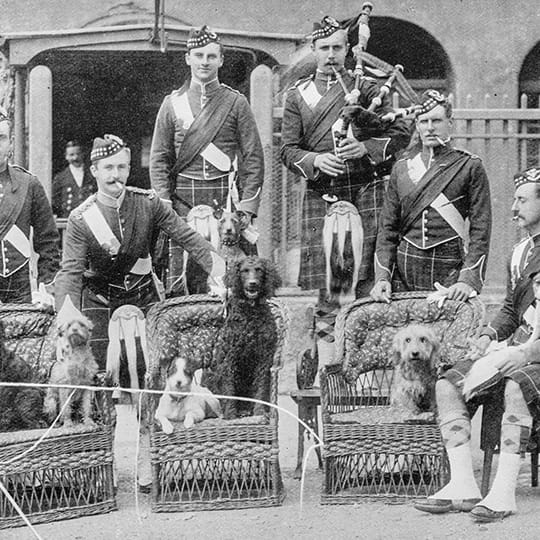
Between 1914 and 1962, the Pekingese is considered the most popular breed of pedigree toy dog in Britain.
Pekingese dogs became fashionable in ladies’ boudoirs towards the end of the 19th century as part of a wider British craze for East Asian arts and culture. They are seen as the perfect companion: Small and affectionate, they fit neatly into ladies’ laps.
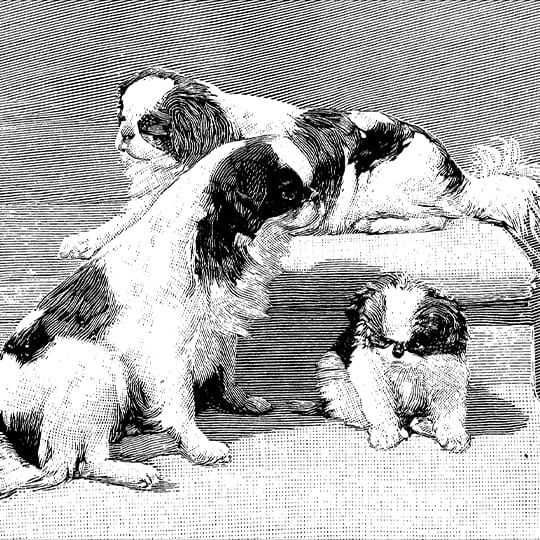
The German Shepherd dog Rin Tin Tin becomes a Hollywood superstar after being rescued from the battlefield and trained by an American soldier, Lee Duncan. He only misses out on being awarded the first Academy Award for Best Actor after it’s decided that, in spite of receiving the most votes, the Oscar should be awarded to a human. He does, however, have his own star on the Hollywood walk of fame.
The popularity of the German Shepherd in the UK skyrockets. When the breed is first accepted on the register of the UK Kennel club in 1919, 54 dogs are registered. By 1926, that figure has climbed to 8,000.
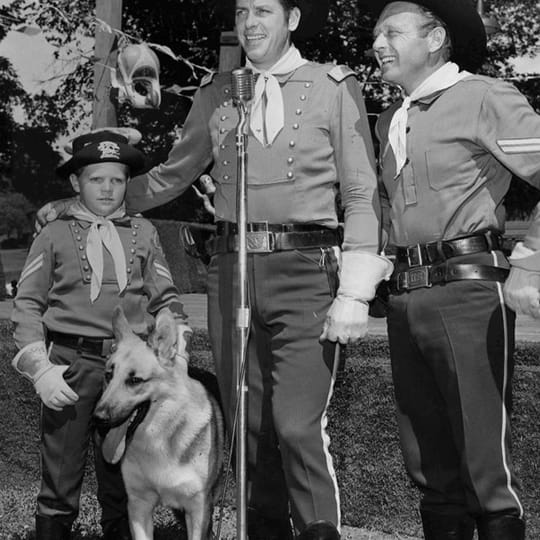
Two British women, Muriel Crooke and Rosamund Bond, contact Dorothy Eustis of the Seeing Eye – the American guide dog school. A trainer is sent to the UK and the following year, the first four British guide dogs complete their training. Three years later, The Guide Dogs for the Blind Association is founded.
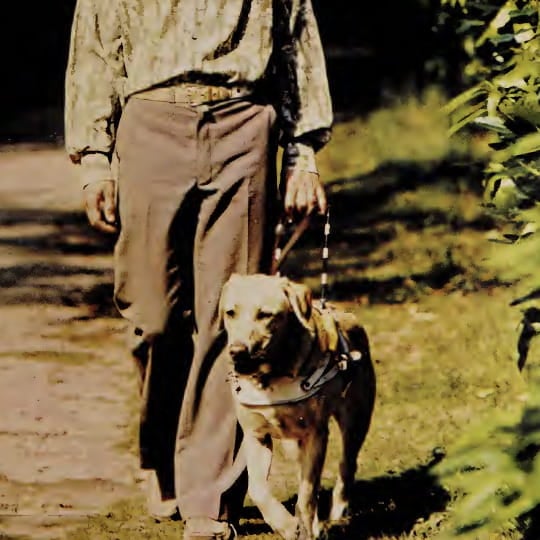
The Great Depression of the 1920s and 1930s sees an increase in strays. Owners are struggling to feed pets and pay for their licences.
At the beginning of World War II, a government pamphlet advises people: “If at all possible, send or take your household animals into the country in advance of an emergency… If you cannot place them in the care of neighbours, it really is kindest to have them destroyed.” This leads to a devastating cull of British pets.
As many as 750,000 pets are euthanised in just one week.
Pal the Rough Collie is born and becomes the first animal actor to play Lassie, that most famous of movie dogs, in the feature film Lassie Come Home. Pal’s ancestry can be traced all the way back to England’s first great collie, Old Cockie. The media still has a huge influence on the pets and breeds we choose, even now!
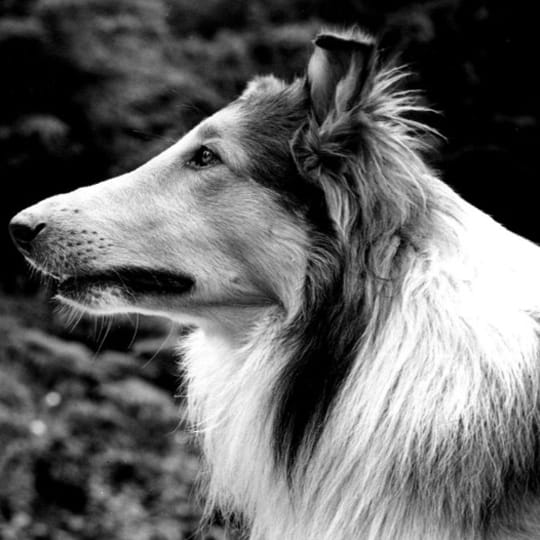
Susan, a Pembroke Corgi, is given to our future Queen as an 18th birthday gift by her father, King George VI.
Many of the 30 or more Corgis the Queen will go on to own during her reign will be descendants of Susan – who even accompanied Her Majesty and The Duke of Edinburgh on their honeymoon!
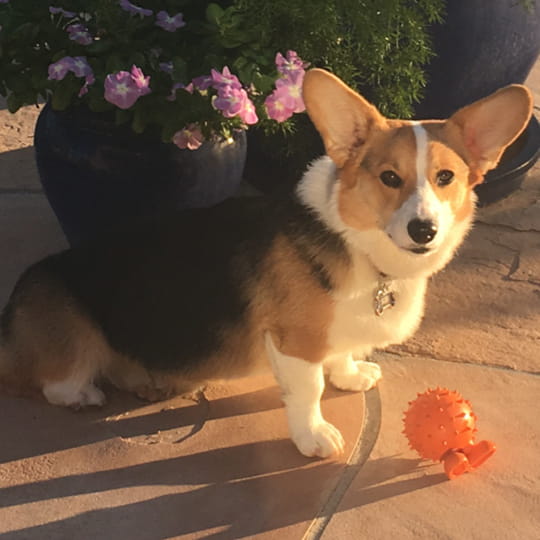
Small dogs, especially Miniature Poodles, are all the rage and ladies even choose to dye the coats of their Poodles to match their outfits!
The Hundred and One Dalmatians, the novel by British author Dodie Smith, turns the spotted breed into a sensation and everybody wants one.
Sadly, many of these dogs are later abandoned at animal shelters.
The Pet Animals Act is passed, making it compulsory for pet shop owners to have a licence. Inspections of pet shops are mandatory, to make sure the animals are kept in good condition and their needs are met.
Dog trainer Barbara Woodhouse publishes Dog Training My Way, one of the first training books to emphasise the owner’s responsibility to build the relationship with their dog.
Freda the tortoise – or Fred, as she’s first known before a viewer points out that she is actually female, begins her 16 year residency on the show and helps to fuel the fashion for reptile keeping during the 1960s and 1970s.
Sadly, tortoises have been snatched from the wild to be sold cheaply in Britain since Victorian times. With little understanding of how to take care of tortoises, only one or two percent of those sold will survive their first year and tortoises will become endangered.
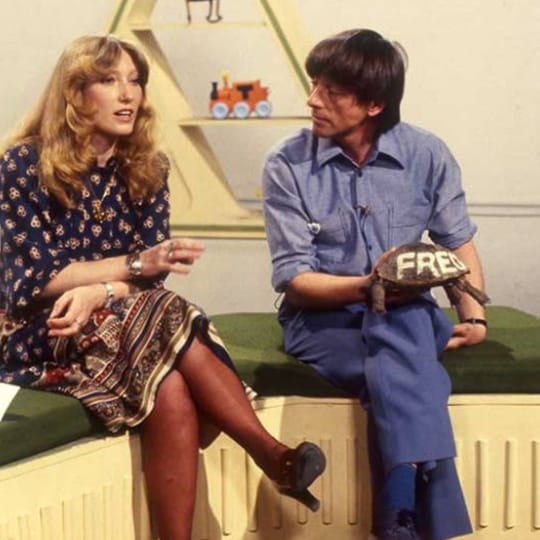
Sociologists Harold Bridger and Stephanie White argue that the decline of the traditional ‘close-knit’ family makes pets more necessary to bind families together. They predict that pets will keep becoming more popular long into the future.
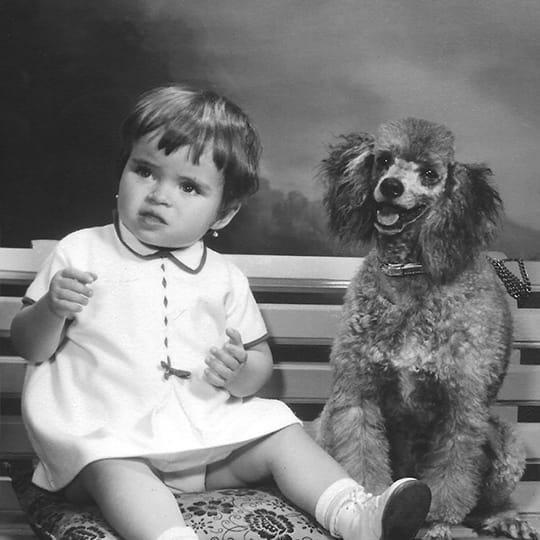
During the late 20th century pets are fully integrated into the family household with the growing awareness of the positive effects this relationship can have on human health and psychological well-being. As with earlier centuries, we see a number of occasions where the media and films affect the choice of pets that seem popular during this time. The rise of designer breeds begins with people specifically breeding cross breeds to achieve the ‘perfect’ breed.
The animated film Watership Down spurs an interest in keeping rabbits as pets.
Watership Down by jvoves is licensed under CC BY 2.0
The Labradoodle is created by Wally Conron, a breeding manager at the Royal Guide Dogs Association of Australia, when a woman in Hawaii contacts the organisation to ask whether it can provide a dog that won’t shed hair, because she has a husband with allergies.
Conron tries and fails to train 33 different Standard Poodles for the job of guide dog over the next three years. They’re a non-shedding breed, but, temperamentally, they aren’t cut out for the role.
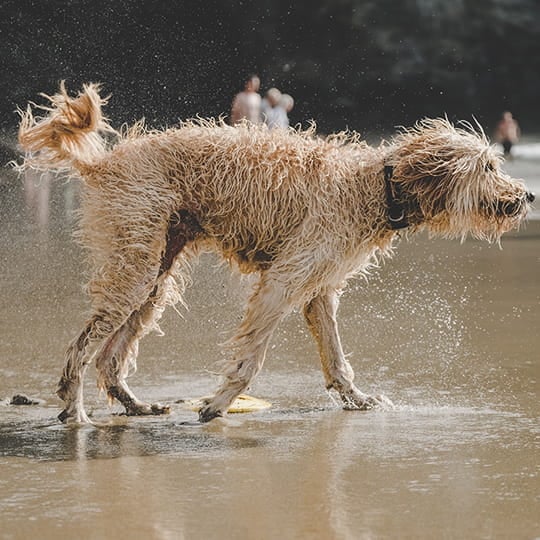
The first Teenage Mutant Ninja Turtles movie is released, sparking a craze in keeping terrapins.
Sadly, this is followed by a huge spike in abandoned and released terrapins, once they have grown and because their owners aren’t able to take proper care of them.
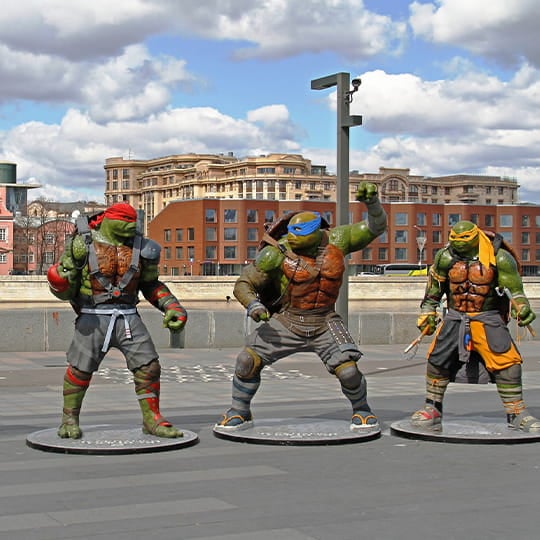
With approximately 12 million UK households having pets, that’s an estimated 51 million pets they are firmly part of our day to day lives. Designer breeds are still popular and a rise in Huskies being purchased, and sadly abandoned, due to the influence of a very popular TV show. Social media starts to play a crucial role in pet ownership effecting the choices in breeds, a rise in pet influences and the life we live with our pets.
The popular TV series Game of Thrones is behind a rise in interest in keeping dogs that resemble the Direwolves featured in the series.
The UK animal welfare charity Blue Cross sees a 700 per cent increase in abandoned Husky-type dogs in the five years following the airing of the first show in 2011.
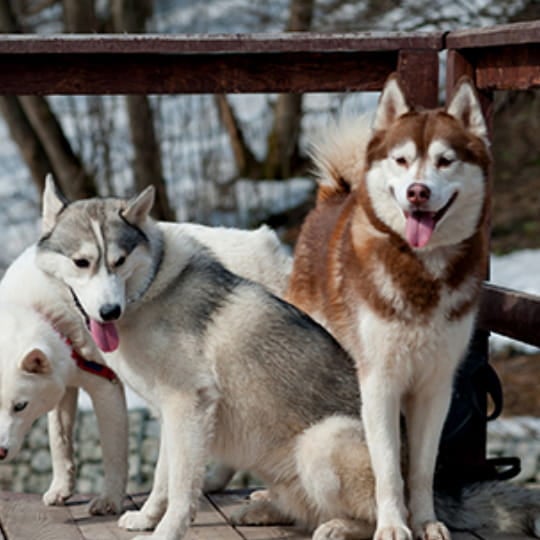
Novelist and columnist Jilly Cooper asks, “Why are mongrels a dying breed?” – she’s referring to the growing trend of owning so-called ‘designer dogs’, the term given to the reinvention and rebranding of mongrels such as the Labradoodle, Cockapoo and Puggle.
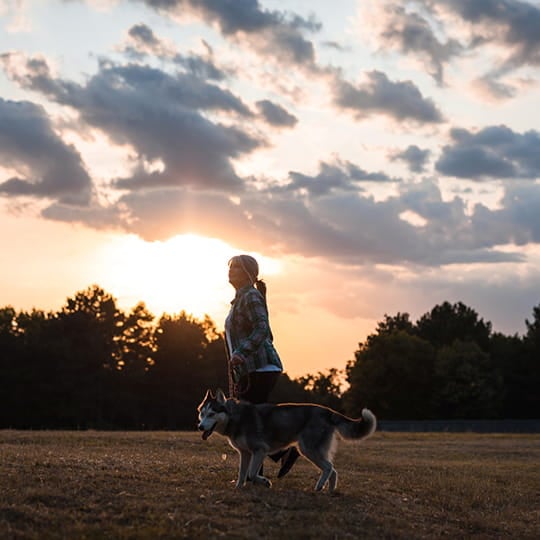
A new microchipping law comes into effect on 6th April. From now on, all dogs and puppies must be microchipped and registered by the age of eight weeks.
The Kennel Club reports that the French Bulldog has overtaken the Labrador as the UK’s most popular dog breed for the first time since records began.
The popularity of the breed reflects the ‘Frenchie’ having become a favourite of celebrities such as the Beckhams, Lady Gaga and Hugh Jackman.

Lucy’s Law comes into being in England on 6th April this year.
Named after Lucy, a cavalier King Charles Spaniel who was rescued from a puppy farm, the law has been introduced to tackle the practice of puppy farming.
From now on, puppies and kittens under six months old must be bought direct from their breeder, or adopted from a rescue centre.
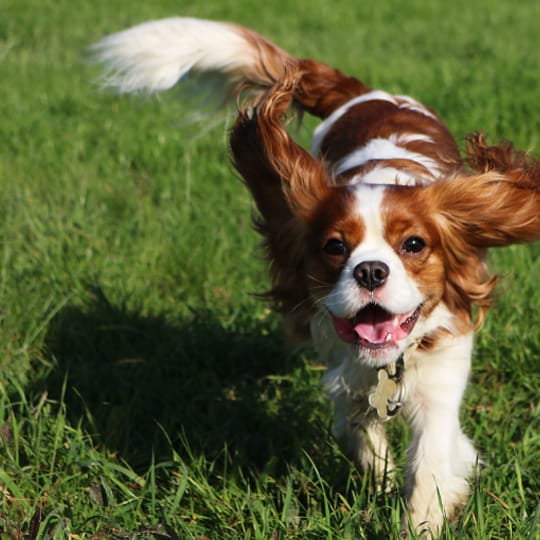

Even with the best of preparations, life can sometimes throw unexpected events at us, which can turn pet ownership into more of a challenge than it might have been.
Read more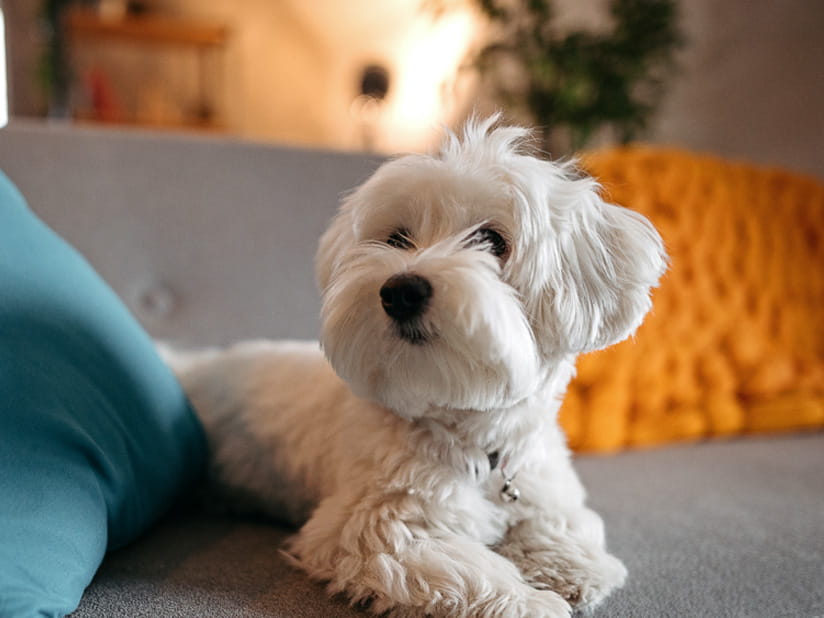
If things aren’t working out with your pet, it’s a tough decision to take, but rehoming can often be for the best.
Let’s look at the options for rehoming, find out what to expect if you decide to follow this pathway and explore alternative courses of action…
Read more